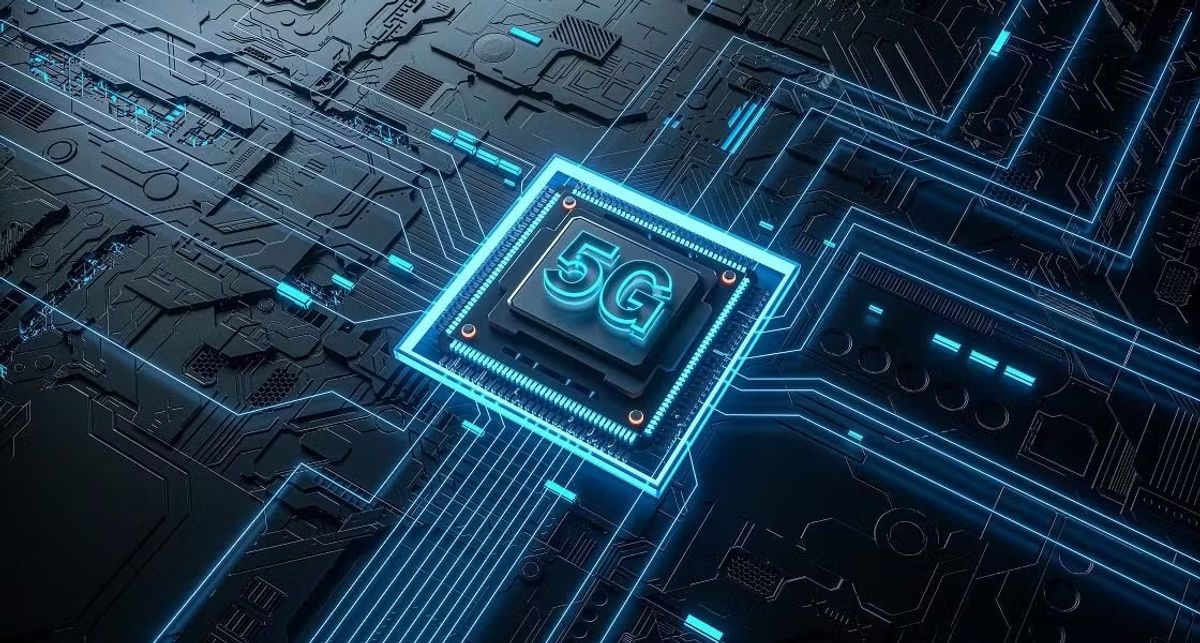

Concerns have been raised regarding the upcoming 5G auction in Pakistan, which is scheduled for 2025. Foreign consultants from NERA have warned of significant issues that could delay the launch, citing administrative restrictions, underutilization of existing spectrum, and a preference for foreign currency auctions as major challenges. Finance Minister Muhammad Aurangzeb recently chaired a meeting with key officials, including Rana Tanveer Hussain and Shaza Fatima Khawaja, to address these concerns [828fb776].
Telecom companies in Pakistan have expressed hesitance to participate in the auction due to ongoing economic constraints, which could hinder the rollout of 5G services. The Pakistan Telecommunication Authority (PTA) has reported revenue of Rs850 billion, indicating a substantial financial landscape, yet the report suggests that relaxing regulatory restrictions may be necessary for a successful rollout [828fb776].
In contrast, India has made significant strides in its 5G rollout, achieving coverage for 80% of its population within just 22 months. Union Communications Minister Jyotiraditya Scindia announced that this rapid deployment is expected to inject approximately $450 million into the Indian economy by 2040. The World Telecommunication Standardization Assembly (WTSA) is currently being hosted in India, attracting leaders from over 100 countries and highlighting India's role in the global telecommunications landscape [ce6fc212].
As countries like India advance their 5G capabilities, Pakistan's challenges in the auction process could impact its competitive position in the region. The need for a robust strategy to address these issues is critical for Pakistan to harness the economic potential of 5G technology [828fb776].